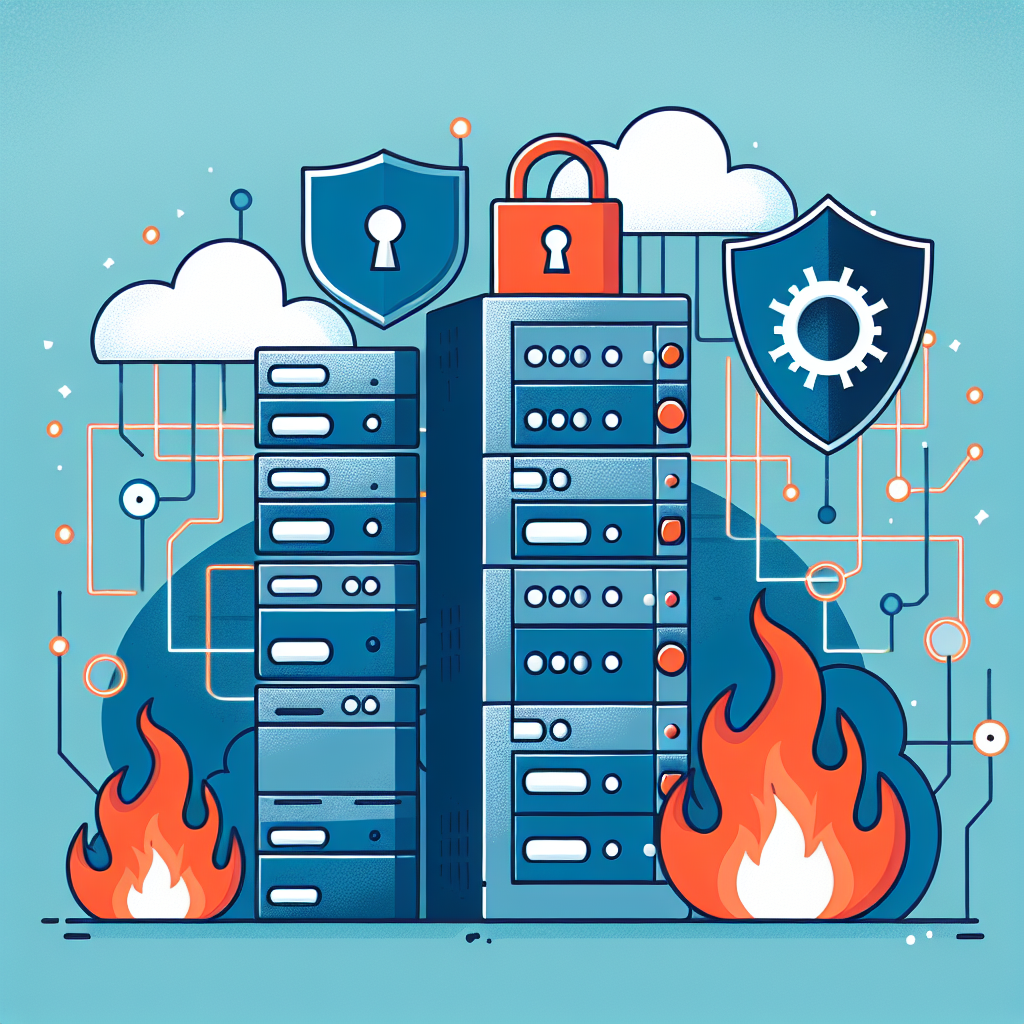Data Backup and Recovery in the Age of Cyber Threats: Strategies for Securing Your Information
In today’s digital age, data backup and recovery have become more important than ever. With the rise of cyber threats such as ransomware attacks, data breaches, and other malicious activities, businesses and individuals must take proactive steps to secure their information.
Data backup involves making copies of important files and storing them in a secure location, while data recovery involves restoring these files in the event of a data loss incident. By implementing effective data backup and recovery strategies, organizations can minimize the impact of cyber threats and ensure the continuity of their operations.
One of the key strategies for securing your information is to regularly backup your data. This should be done on a regular basis, either daily or weekly, depending on the volume and importance of your data. It is important to store these backups in a secure location, such as an external hard drive, cloud storage service, or offsite data center. By having multiple copies of your data, you can easily recover it in case of a cyber attack or other data loss event.
Another important strategy is to encrypt your data backups. Encryption is a process that converts your data into a secure format that can only be accessed with a decryption key. By encrypting your backups, you can ensure that your data is protected from unauthorized access, even if it falls into the wrong hands. This can help prevent data breaches and other cyber threats from compromising your information.
In addition to regular data backups and encryption, it is also important to test your backups regularly. This involves simulating a data loss event and restoring your backups to ensure that they are working properly. By testing your backups, you can identify any issues or errors that may prevent you from recovering your data in a real-life scenario. This can help you address any potential vulnerabilities in your backup and recovery process and ensure the integrity of your data.
Furthermore, it is important to have a comprehensive data recovery plan in place. This plan should outline the steps to be taken in the event of a data loss incident, including who is responsible for managing the recovery process, how backups will be restored, and how communication will be handled with stakeholders. By having a well-defined data recovery plan, you can minimize downtime and ensure a swift recovery in case of a cyber attack or other data loss event.
In conclusion, data backup and recovery are essential components of a comprehensive cybersecurity strategy in the age of cyber threats. By implementing effective backup and recovery strategies, organizations can protect their information from malicious activities and ensure the continuity of their operations. By regularly backing up your data, encrypting your backups, testing your backups, and having a data recovery plan in place, you can secure your information and mitigate the impact of cyber threats on your business.


